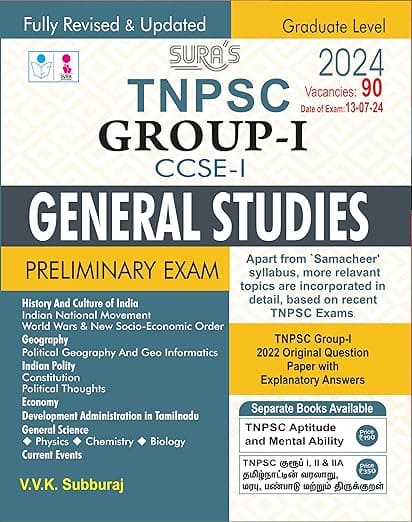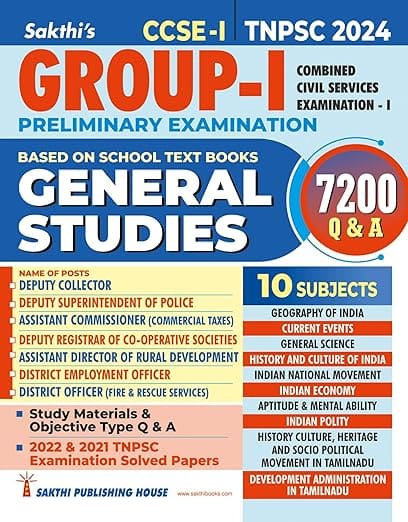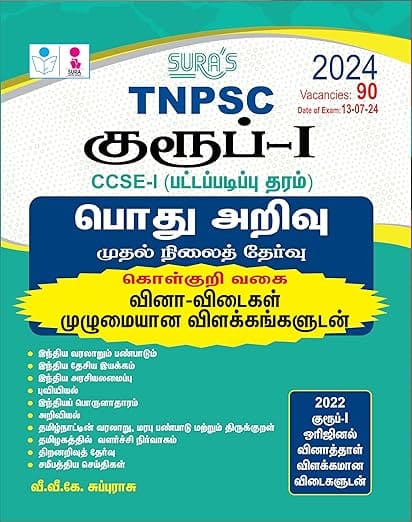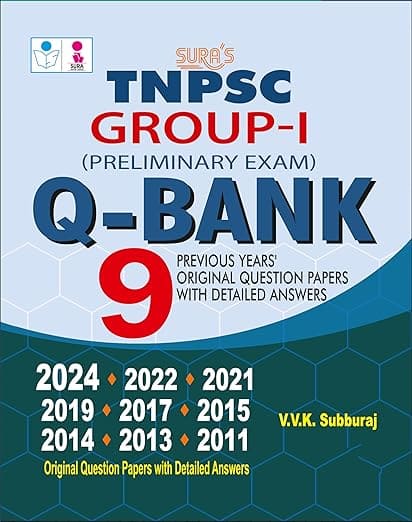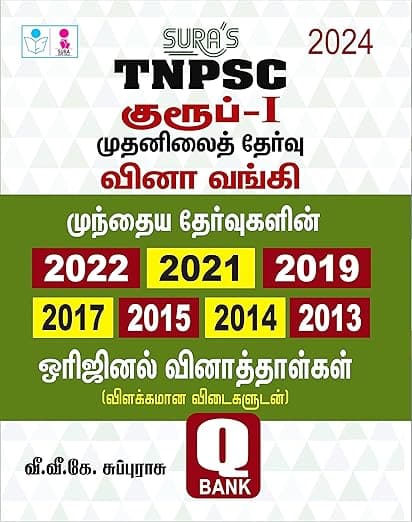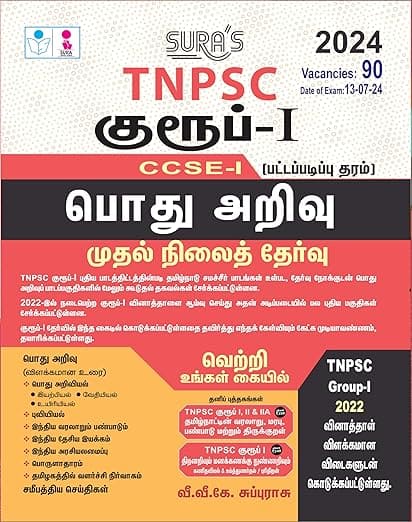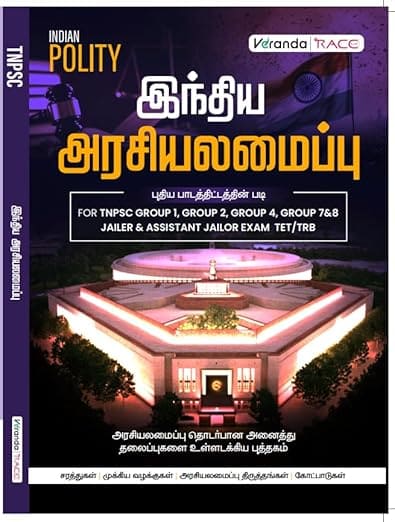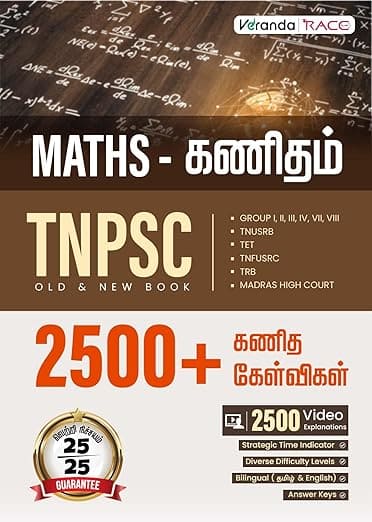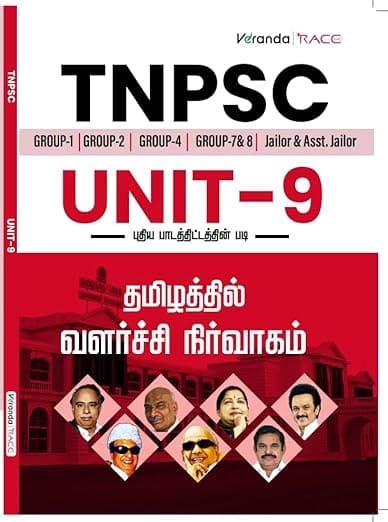Religion
- The Chalukyas patronised both Saivism and Vaishnavism.
- They built temples for Siva and Vishnu.
- Brahmin groups were invited from the Gangetic regions and settled to perform regular pujas and conduct festivals and ceremonies in the temples.
- Notable Chalukya rulers like Kirtivarman I, Mangalesa (597-609), and Pulikesin II (609-642) performed yagnas.
- They bore titles such as parama-vaishana and paramamaheswara.
- Chalukyas gave prominent place to Kartikeyan, the war god.
- Saiva monasteries became centres for popularising Saivism.
- Chalukyas patronised heterodox sects also and lavishly donated lands to the Jain centres.
- Ravikirti, the poet-laureate of Pulikesin II, was a Jain scholar.
- In the reign of Kirtivarman II a Jain village official built a Jain temple in a place called Annigere.
- The prince Krishna appointed Gunapatra, a Jain monk, as his master.
- According to Hiuen Tsang, there were many Buddhist centres in the Chalukya territory wherein more than 5000 followers of the Hinayana and Mahayana sects lived.
Literature and Education
- Chalukyas used Sanskrit in pillar inscriptions such as in Aihole and Mahakudam.
- A seventh-century inscription of a Chalukya king at Badami mentions Kannada as the local prakrit, meaning the people’s language, and Sanskrit as the language of culture.
- A chieftain of Pulikesin II authored a grammar work Saptavataram in Sanskrit.
Chalukya Architecture
- Historically, in Deccan, Chalukyas introduced the technique of building temples using soft sandstones as medium.
- In Badami, two temples are dedicated to Vishnu and one each to Siva and to the Jaina tirthankaras.
- Their temples are grouped into two:
- excavated cave temples and
- structural temples.
- Badami is known for both structural and excavated cave temples.
- Pattadakal and Aihole are popular for structural temples.
Aihole (Ayyavole)
- Built in 634, Aihole, the headquarters of the famous medieval Ayyavole merchants’ guild was an important commercial centre.
- About seventy temples are located in Aihole.
- The earliest stone-built temple is Lad Khan temple.
- Its unique trait is a stucco pillar with a big capital distinct from northern style.
- A temple dedicated to the goddess Durga was built on the model of Buddha Chaitya.
- It stands on a raised platform in the form of semi-circle.
- Another temple, dedicated to the same goddess is called Huccimalligudi, which is rectangular in shape.
- Chalukyas also built Jain temples.
- Megudi Jain temple is illustrative of the evolution of temple architecture under the Chalukyas.
- The mandapa-type caves are preserved at Aihole.
Vatapi (Badami)
- There are four caves in Badami.
- The largest cave temple built by Mangalesa is dedicated to Vishnu.
- The reclining posture of Vishnu on the snake bed and Narasimha are exquisite examples of Chalukya art.
- Irrespective of religion, architectural features share a common style.
- It establishes the technical importance and the secular attitude of both patron and architect.
Pattadakal
- Pattadakal, a quiet village in Bagalkot district of Karnataka, is famous for its exquisite temples.
- Pattadakal was a centre for performing royal rituals.
- The Virupaksha temple was built at the order of queen Lohamahadevi to commemorate the conquest of Kanchipuram by her husband Vikramaditya II.
- The unique feature of the structural temple built by Rajasimha at Mamallapuram was adopted here by the Chalukyas.
- Monuments are generally associated with the rulers who built them.
- However, here we also have signatures of the architects who conceived the edifices and the skilled craftspeople who created them.
- The east porch of the Virupaksha temple has a Kannada inscription eulogizing the architect who designed the temple.
- The architect was given the title Tribhuvacharya (maker of the three worlds).
- Several reliefs on the temple walls bear signatures of the sculptors who carved them.
- At the south-eastern corner of the village is Aihole Durga Temple the Papanatha temple.
- Similar to the Virupaksha temple in its basic plan, it has a shikara in the northern style.
- The outer walls are richly decorated with many panels depicting scenes and characters from the Ramayana.
- The eastern wall has a short Kannada inscription, giving the name of the architect Revadi Ovajja, who designed the shrine.
- In Pattadakal, Chalukyas built more than ten temples which demonstrate the evolution in Chalukya architecture.
- On the basis of style these temples are classified into two groups:
- Indo-Aryan and
- Dravidian.
Painting
- Paintings are found in a cave temple dedicated to Vishnu in Badami.
- Chalukyas adopted the Vakataka style in painting.
- Many of the paintings are of incarnations of Vishnu.
- The most popular Chalukya painting is in the palace built by the King Mangalesan (597-609).
- It is a scene of ball being watched by members of royal family and others.

